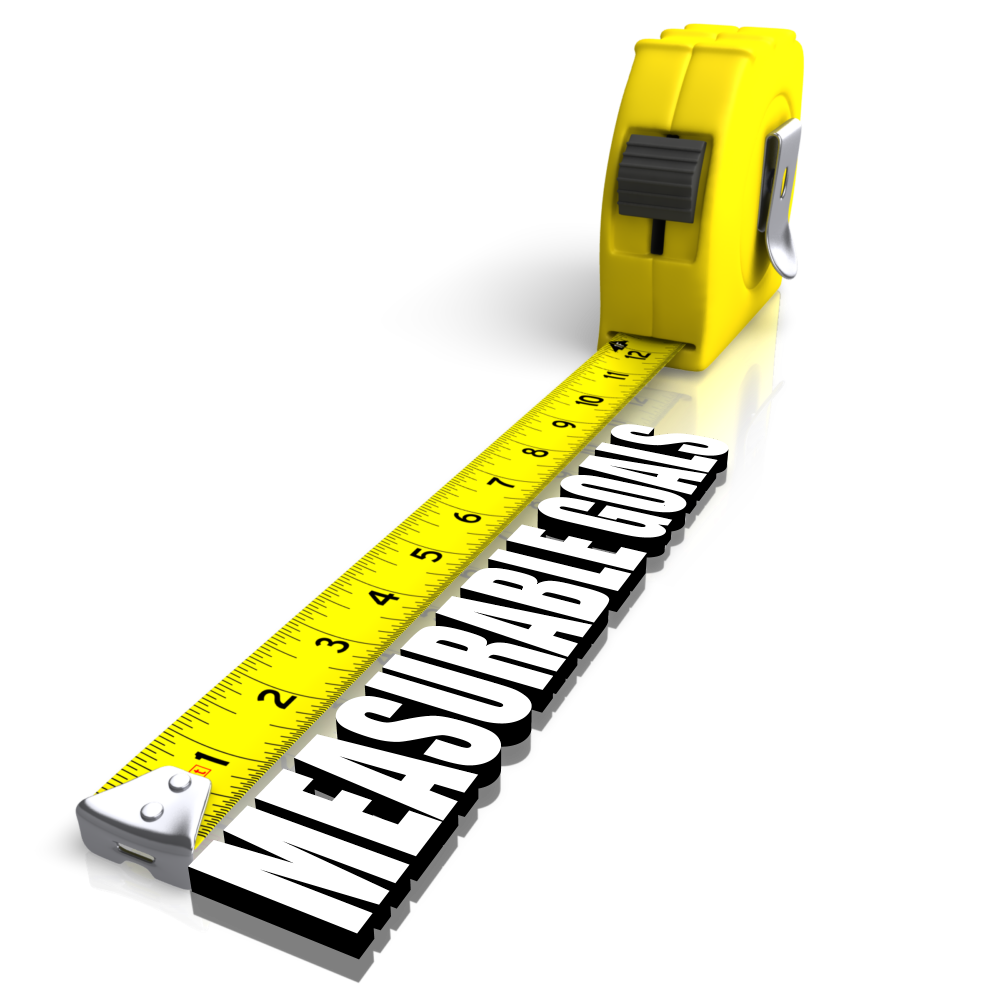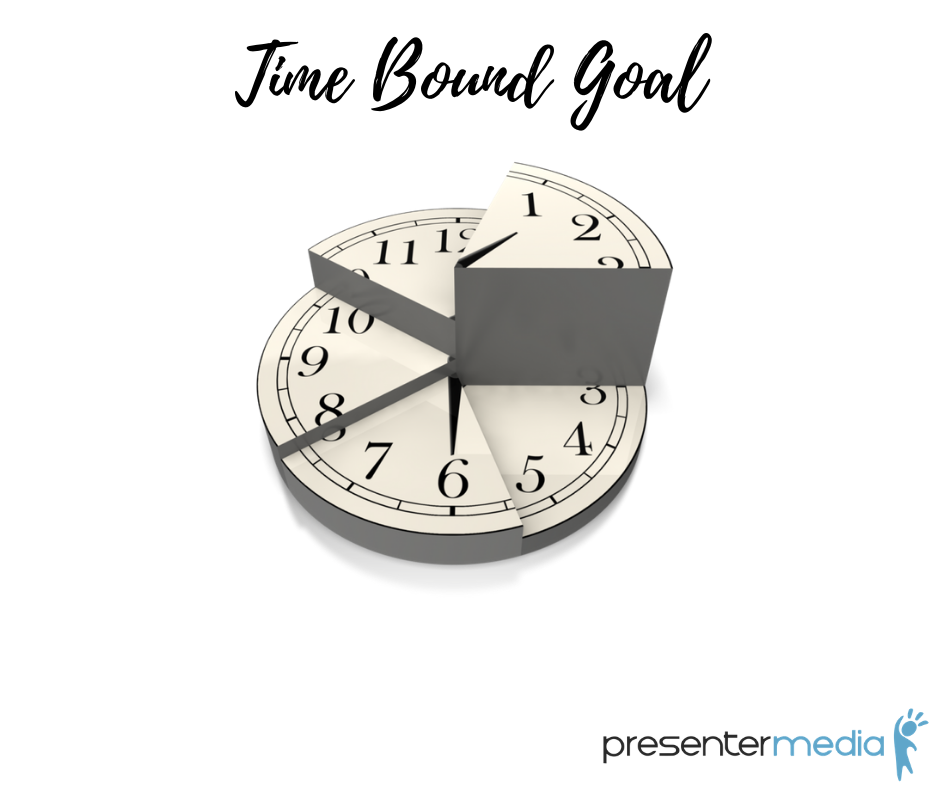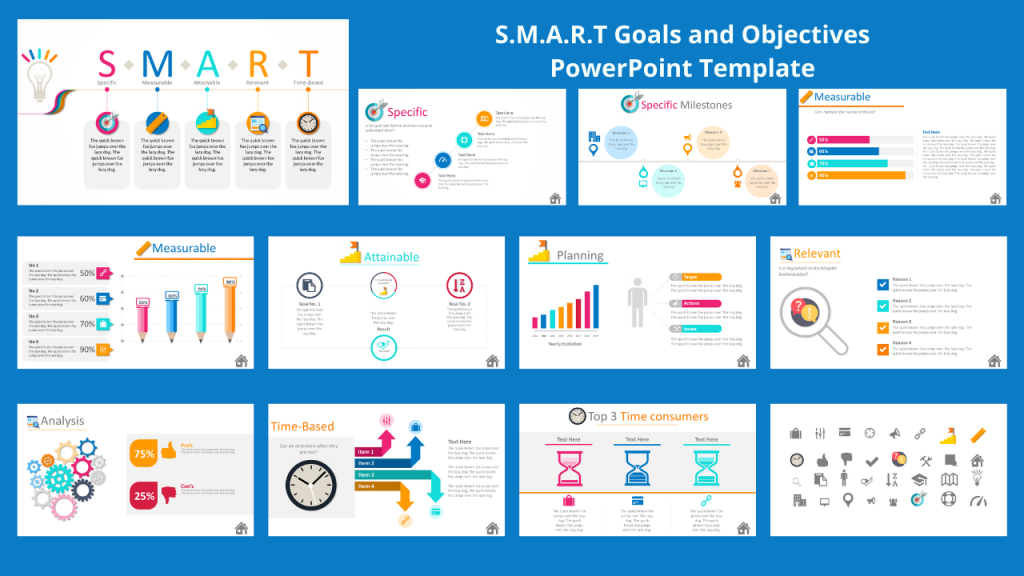
SMART Goals Lead to Achievable Results
From lean manufacturing to education planning, goals are more likely to be achieved when they are Specific, Measurable, Attainable, Realistic, and Timely. These are known as SMART goals and objectives and have shown to lead to achievable results. In honor of National Manufacturing Day on October 2nd, we would like to dedicate this blog to the SMART goals that have helped companies around the world. We will take a look at the history of SMART goals; who came up with them and when. Next, we will look at what each section of a SMART goal means in-depth. Third, examples of SMART Goals in a variety of settings will be provided. Finally, SMART goals templates for PowerPoint and Word will be provided for you to be able to teach those at your organization/school the tricks to achieving their SMART goals.
SMART Goals - A Brief History
It was November in 1981 when George Doran, a former Director of Corporate Planning, published a paper titled "There's a S.M.A.R.T. Way to Write Management's Goals and Objectives". This was the beginning of the SMART goals. Initially, Doran's paper opens, explaining the difference between goals and objectives within various organizations. Some organizations use the terms interchangeably, while others see goals as short term, and objectives as long term, or visa versa. In terms of SMART goals, however:
"Goals represent unique executive beliefs and philosophies. Usually a form that is continuous and long-term, such as "Conduct all corporate activities with honesty, integrity, and fairness; and take an active role in community activities and practice good corporate citizenship."
Doran, George T. "There’sa SMART way to write management’s goals and objectives." Management review 70.11 (1981): 35-36.
"Objectives...give quantitative support and expression to managements' beliefs. For example: to develop and implement by December 31, 198_ an inventory system that will reduce inventory costs by $1 million, with a cost not to exceed 200 work hours and $15,000 out-of-pocket initial expenditures"
Doran, George T. "There’sa SMART way to write management’s goals and objectives." Management review 70.11 (1981): 35-36.
The following descriptions of SMART Objectives (AKA SMART Goals) is what Doran originally intended in his article.
SMART Goals Acronym
The acronym for SMART means Specific, Measurable, Assignable, Realistic, and Time-related. Below, we'll delve into each section and identify what part of the objective means.
S - Specific
An objective should target a specific area for improvement. Another way of looking at this would be avoiding broad or ambiguous objectives. "My objective is to get thinner". This isn't a specific objective. Specific would be "My objective is to fit into size 8 jeans / weigh XYZ pounds / lose XYZ pounds". These would be specific objectives. In the business world, a specific objective would be something like that mentioned above "Achieve an EBITA of 5% by controlling external costs, minimizing 3 departments by $80,000 and improving efficiency by 10%". An even more specific objective would be targeting each of those subgoals and drilling down how those can be specified "Improve efficiency by 10% by adding xyz automation to facilities in Northwest American district".
M - Measurable
Next is Measurable. Objectives should be able to be quantified or at least suggest an indicator of progress. This means there are milestones that can be met, whether it is financial metrics or physical counts of people etc.
A - Assignable (modified to Attainable)
Objectives are assignable if it can be determined who will do it, specifically. An example of an assignable feature of a goal is being able to say "John will reduce the maintenance budget by 10%, which will help achieve our overall goal of a 15% reduction in the overall budget".
R - Realistic (modified to Relevant)
Objectives are considered realistic if they can actually be achieved based on available resources. They can be challenging but must be attainable based on the given resources as well as time constraints. An example of an unrealistic goal is to construct a new facility in 30 days. A more realistic goal may be to lease a new facility in 30 days, or construct a new facility in 120 days, etc.
T - Time Related (modified to Timebound)
Finally, and possibly the most easily identified, is the time-bound component of an objective. The timeframe may be aggressive, but again it must match the other components of the objective in terms of being attainable, reasonable, and specific. An example of a time bound objective could be the same as the realistic objective, but for clarity, we will provide a new example. Campaigning is an excellent time-related objective, meeting a scheduled event on a given date and time, for example.
SMART Goals Examples
Now that we addressed each portion of a SMART goal, let's look at a comprehensive goal that is also SMART.
Example #1 - I want to start a business
SMART - In three weeks, I will be set up to sell my design skills on UpWork, which will allow me to build a portfolio of clients for longer-term projects. Within six months, I will have enough portfolio background and existing clients from UpWork to begin working full time for myself.
S - I will sell graphic designs through UpWork. M - I will have my portfolio prepared and bid packages ready within two weeks and will be able to start bidding on projects in three weeks. A - I will create an UpWork account to allow me to bid on projects. R - Selling my services through UpWork will allow me to build a portfolio of clients for longer-term, more profitable projects. T - I will be able to bid on projects within three weeks and will submit at least 5 bids per day until I sell my first project.
Example #2 - I want to expand my company's client list
I will expand my company's client list by two new clients [specific & measurable] within four weeks [attainable & time bound] by asking existing clients for referrals, promoting my company through targeted social media ads, and networking with regional companies offering complementary products [realistic]. This will allow me to grow my business and increase my revenue.
SMART Goals Worksheet
Sometimes, all it takes is to know the simple list of how to create something to make it come to life. With that spirit in mind, I give you a basic SMART Goals Worksheet (downloadable as a PDF or Word file).
SMART-Objective Word DocDownload
SMART Goals Template
When teaching others about how to get started creating their own goals, it's easy to get lost in the weeds. Because of this, PresenterMedia created a specific template geared towards teaching others how to create their own SMART objectives.
Preview of the SMART Goals and Objectives Template at PresenterMedia. Download it here.
Get started with our PowerPoint Template for SMART goals.
Also, don't forget to check out all PowerPoint templates to find more great presentation slides like in this SMART goals ppt template.
As always, happy presenting!











